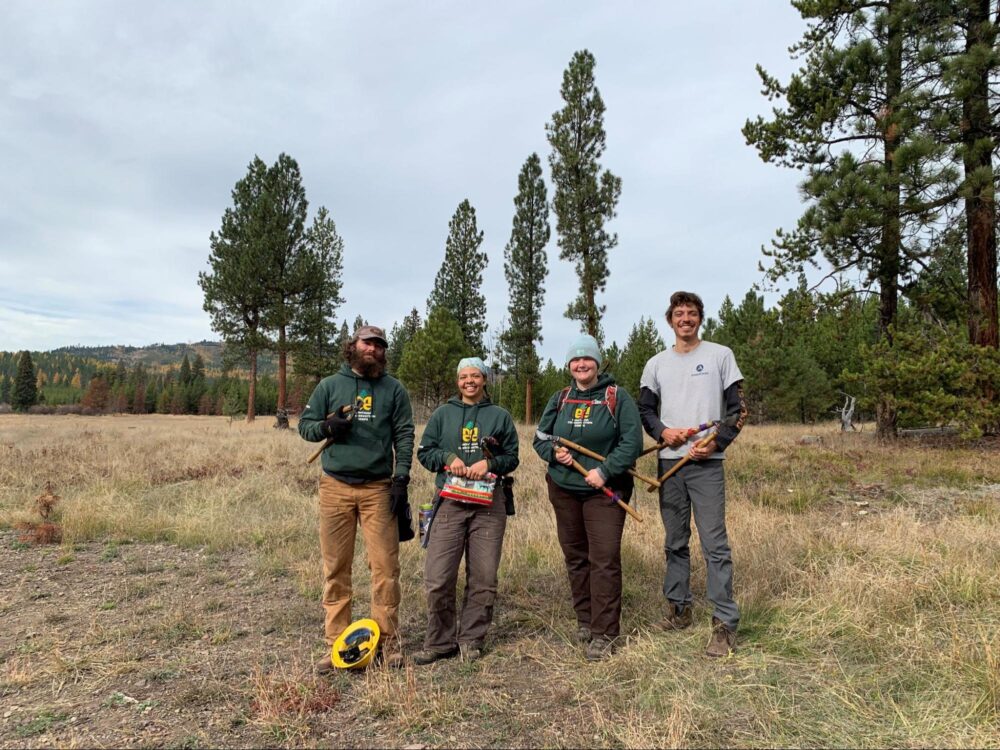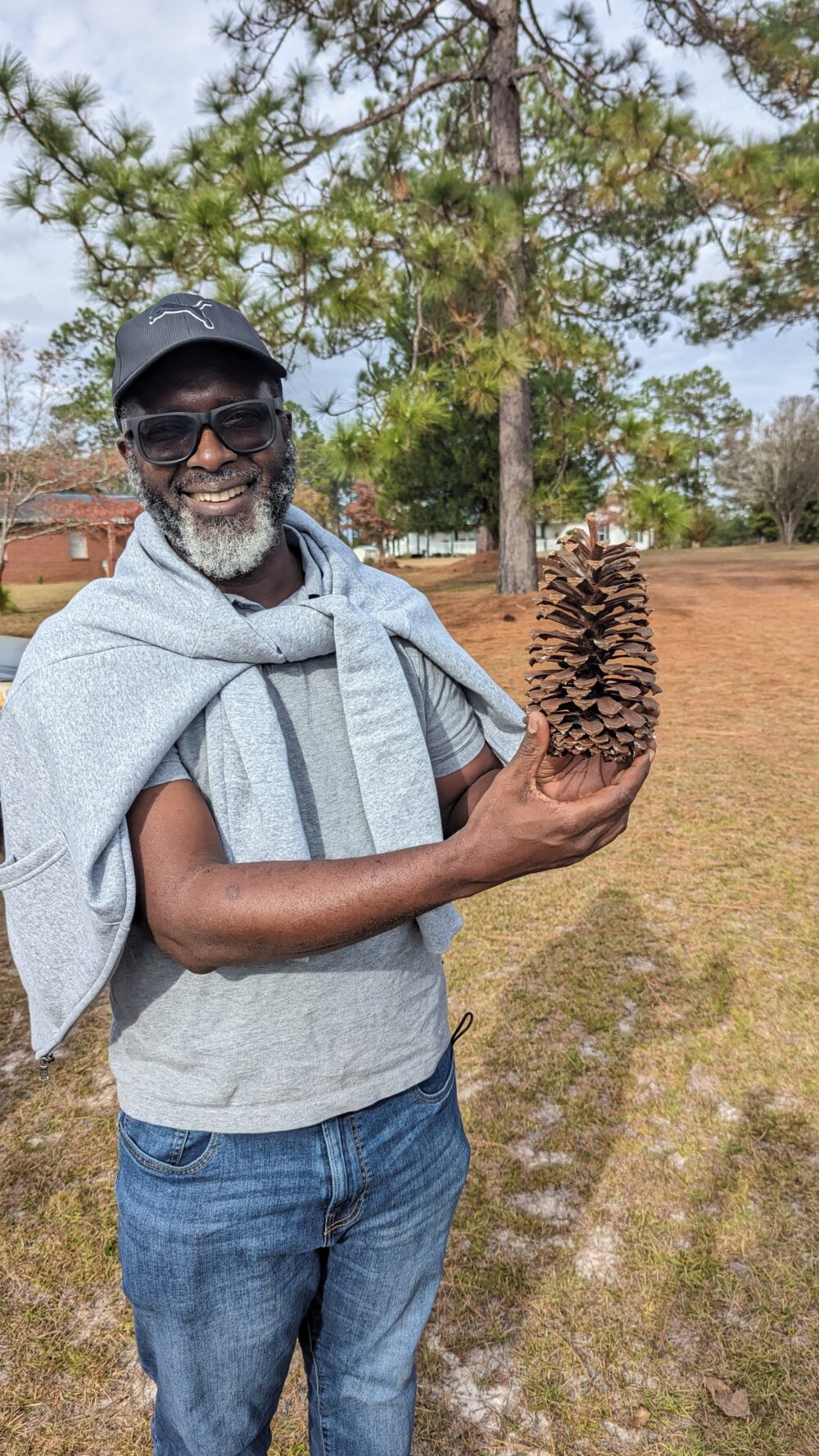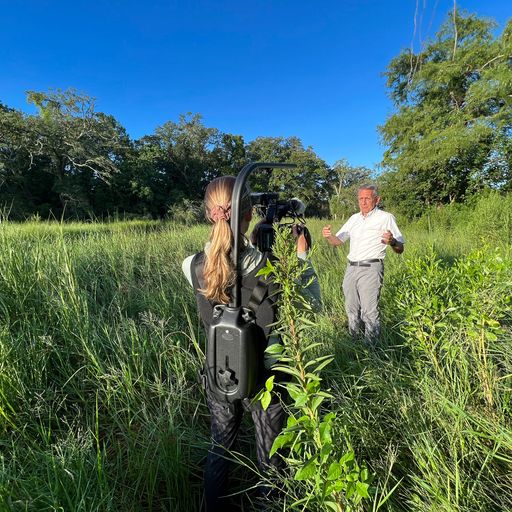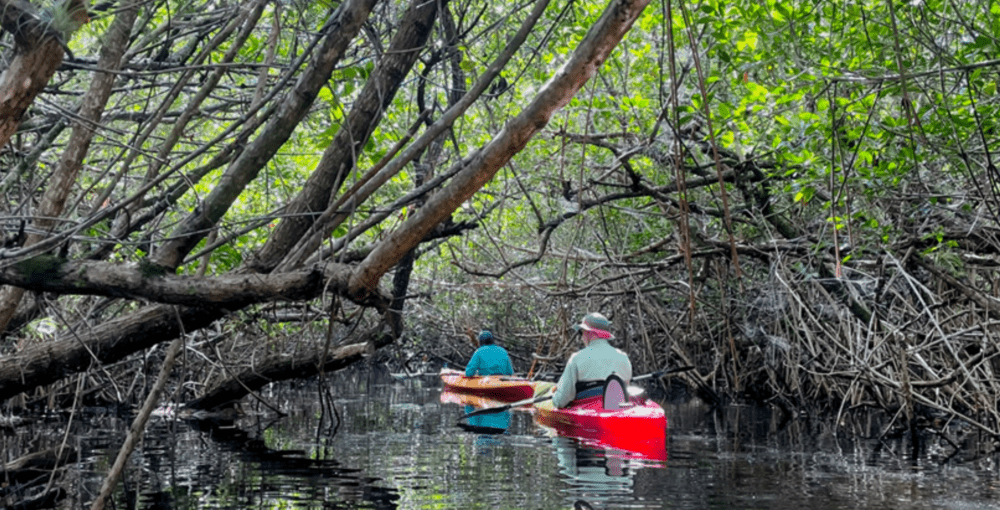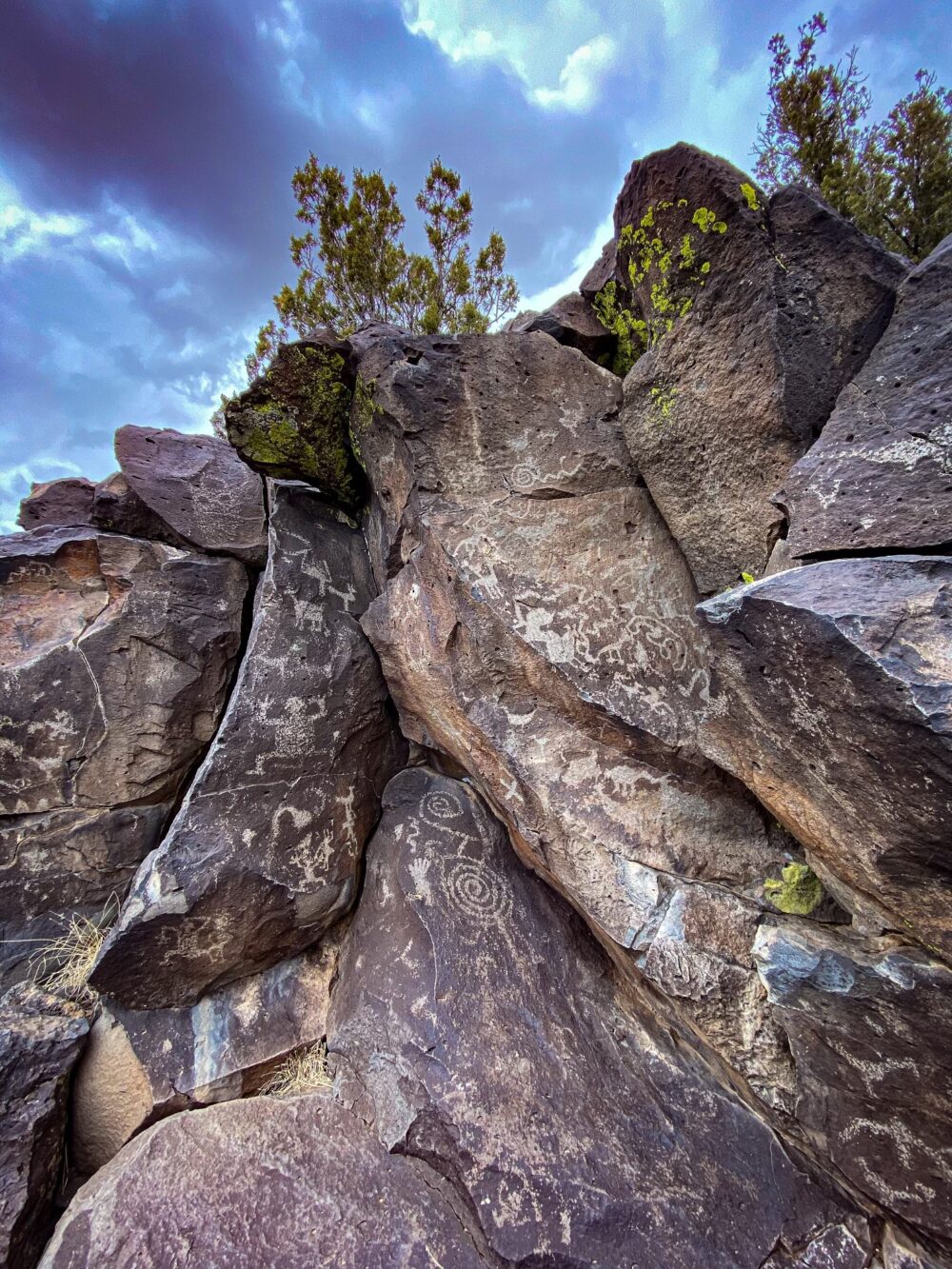We have much more to do and your continued support is needed now more than ever.
Defending Habitat Restoration for Louisiana Brown Pelicans
 The diverse wetlands of the Mississippi River Delta support more than 400 bird species, including the brown pelican, but these wetlands are disappearing at an astonishing rate. Unfortunately, one of our best hopes for restoring the delta habitat, the Mid-Barataria Sediment Diversion, is now in jeopardy. A coal export facility is proposed dangerously near the future restoration project. Right now the public can weigh in and insist the coal export facility should not be allowed to hinder habitat restoration for the brown pelicans’ delta habitat.
The diverse wetlands of the Mississippi River Delta support more than 400 bird species, including the brown pelican, but these wetlands are disappearing at an astonishing rate. Unfortunately, one of our best hopes for restoring the delta habitat, the Mid-Barataria Sediment Diversion, is now in jeopardy. A coal export facility is proposed dangerously near the future restoration project. Right now the public can weigh in and insist the coal export facility should not be allowed to hinder habitat restoration for the brown pelicans’ delta habitat.
The millions of acres of Mississippi River Delta wetlands were built over thousands of years by Mississippi River floodwaters that deposited huge amounts of sediment at the river’s delta. The breath-taking wetlands range from interior forested wetlands to barrier islands on the Gulf of Mexico and a wide array of interconnected habitats, including freshwater, brackish and salt marshes that are home to millions of birds and other wildlife.
Since the 1930s, Louisiana has lost almost 2,000 square miles of coastal wetlands and barrier islands. In fact, nearly a football field of wetlands vanishes into open water every hour. As more wetlands disappear each hour in this region, brown pelicans and other birds struggle to find decent nesting spots.
Creating Effective Restoration
Land loss in the Mississippi River Delta is largely a result of stunted natural processes. Human activities along the river have disconnected the river from its wetlands causing Mississippi River sediments to go straight down the river’s channel and out into the Gulf of Mexico. Not only are we destroying wetlands, but we are also disrupting the natural cycle that rebuilds them. To reverse coastal land loss over the long-term, we must restore natural processes to the delta system.
A crucial component of Louisiana’s master plan to reverse land loss is to create a sediment diversion in the Barataria Basin that would rebuild the estuary. River diversions harness the Mississippi’s power to deliver sediment, water and nutrients to the delta’s wetlands. By reconnecting the river to its delta, they mimic nature to build new land.
Used correctly, these diversions are a key tool in restoration planning. It is estimated that planned projects, including the Mid-Barataria Sediment Diversion, will potentially protect or restore 800 square miles of vital coastal habitat for pelicans and other wildlife over the next 50 years. Now in the design stages, this diversion—located between New Orleans and Barataria Bay—addresses an urgent need for a degraded wetland area.
Polluting the Hope for Habitat
The Mid-Barataria Sediment Diversion is a vital component for restoring lost coastal wetlands. However, the State of Louisiana and U.S. Army Corps of Engineers are considering approval of a massive coal export terminal to be built right next to this critical restoration feature. The terminal could pollute the waters and prevent the maximum flow of sediment from reaching the estuary.
We can no longer afford to take chances on facilities that could hinder coastal restoration projects. The deadline to speak up for delta wildlife is this Saturday, August 24th. Louisiana residents, express your concerns right now on the location of the proposed coal export facility now before the comment period ends.
It’s time to demand that Mississippi River Delta habitat restoration must be a higher priority than another polluting coal facility.
![]() Louisiana residents, speak up to protect essential habitat for brown pelicans today!
Louisiana residents, speak up to protect essential habitat for brown pelicans today!
Not from Louisiana? Share this blog with friends and family to help spread the word.












